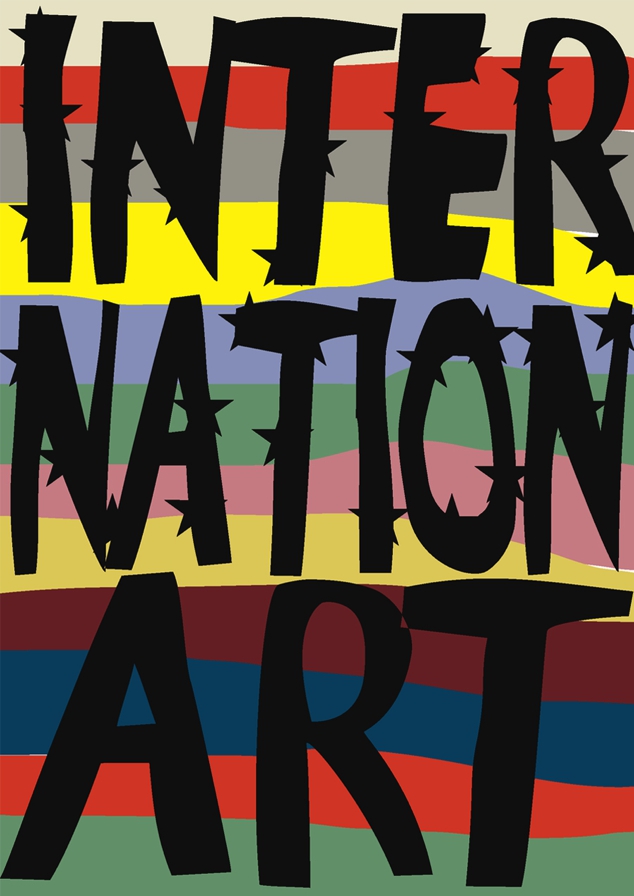Exhibition: Inter Nation Art
Inter Nation Art
Group exhibition curated by Jan Kage
PM Gallery
01. – 12. o7.2015.
Exhibition opening on 01th of July at 7pm
Arion Asllani (Serbia) – Marc Bijl (Netherlands) – Emmanuel Bornstein (France) – Anina Brisolla (Germany) – Joanna Buchowska (Poland) – Nick Crow and Ian Rawlison (UK) – Tjaša Čuš (Slovenia) – Alexandre Farto aka Vhils (Portugal) – Damien Flood (Ireland) – Andreas Golder (Russia) – Giuseppe Lana (Italy) – Damian & Delaine Le Bas (Roma U.K) – Cathrine Lorent (Luxemburg) – Jaakko Mattila (Finnland) – Ekaterina Mitichkina (White Russia) – Admir Mujkic (Bosnia and Herzegovina) – Manfred Peckl (Austria) – Jovana Popic (Croatia) – Igor Rakcevic (Montengro) – Sara Riel (Iceland) – Steve Schepens (Belgium) – Mark Schovanek (Check Republik, Canada) – Stipan Tadic (Croatia) – Alex Tzannis (Greece) – Anton Unai (Spain) – Cem Ulug (Turkey) – Sahar Zukerman (Israel)
Musical performance by Thomas Mahmoud-Zahl (Germany / Egypt)
If this claim holds true then we must examine the way in which art crosses borders, how styles and stylistics exist as codes that are bigger than any national territory and, as such, hold more importance than a passport representing a single nation. This undertaking is especially important today, with the emerging tendency of a re-nationalisation across the European continent. Being part of a generation that grew up with the transnational project of the EEC (the European Economic Community that became the European Union), and having witnessed the collapse of the iron curtain, history seemed to be moving inexorably towards diminished national control and a wider transcontinental identity. This identity was necessarily rooted in a commonly shared cultural history and, implicitly, the art styles of the 20th century which themselves came from diverse national backgrounds: Expressionism, Constructivism, Dada, Pop – the list is long.
Inter Nation Art shows a generation of European artists that shared this experience. This exhibition holds no manifesto and does not proselytize. It looks on Europe through the eyes of several artists with different European passports or different European origin.
Each of the 28 exhibiting artist works the same format: A flag. The flag being the most common representation of a country becomes the medium for the artists to express themselves. These 28 art flags will be hung within the round space of PM Gallery, pointing to an inner center.
So Inter Nation Art wants to talk about a status quo through art works. What better way is there to reflect upon the state of the union than through the uniquely contemplative quality of art?






